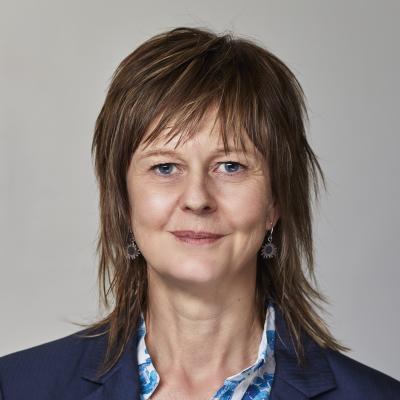Mandating AS4755 ignores households and widely supported international solutions
Download Full Report
Key Findings
Demand response is increasingly important in a high renewables system.
The chosen Australian standard has not been adopted anywhere in the world.
Internationally recognised demand response standards offer the flexibility to support a range of different demand response markets.
Executive Summary
No one questions the benefits of demand response.
As electricity supply continues to transition from fossil fuel-powered generators to renewable sources, the need for smart solutions that are able to balance variable energy supply with demand will only increase.
Demand response (DR) is one of these tools. Internationally numerous demand response standards and techniques exist giving households options to change their power consumption and manage onsite generation and storage to suit their needs.
An indication of the growing importance of demand response is its inclusion in Australia’s national energy market (NEM). Commencing 24 October 2021, demand response service providers (DRSPs) will bid demand reductions of aggregated large loads into the wholesale market. The market operator can then choose to ‘dispatch’ the least expensive option of increasing generation or reducing demand.
Demand response is increasingly important in a high renewables system.
Currently DRSPs are only allowed to aggregate large (industrial) loads, but IEEFA and others hope that in future, households will also be allowed to benefit from participating in this emerging market.
In November 2019, Australian Energy Ministers decided various domestic appliances sold in the country must support demand response, including air conditioners (ACs), electric storage water heaters (resistive), pool pump controllers and electric vehicle (EV) charger/discharger units. The Ministers’ decision problematically goes further, requiring appliances be compliant with a unique interface detailed in the AS4755 series of Australian Standards. The timeline for compliance is aggressive, requiring AC and hot water manufacturers offer AS4755- equipped appliances by 1 July 2023, swimming pool pump controllers by 1 July 2024, and EV chargers/ dischargers by 1 July 2026.
This paper outlines five fundamental issues with the Energy Ministers’ decision to choose the interface described in the AS4755 series of standards:
- Interactions with other policies and approaches to peak demand and minimum system load are unclear.
- AS4755 is a very basic, out-dated approach to demand response.
- The AS4755 series does not support interoperability.
- Open interoperable international solutions are available.
- The original decision regulatory impact statement (D-RIS), including the cost-benefit analysis, was flawed.
The chosen Australian standard has not been adopted anywhere in the world. AS4755 is only designed to allow DRSPs to send a very limited number of commands to appliances. The commands produce unpredictable results which cannot be validated or verified. Further, the standard allows the use of undefined protocols making independent compliance certification impossible.
By comparison, internationally recognised demand response standards offer the flexibility to support a range of different demand response markets. These international solutions recognise households own the appliances and need to retain flexible control. Designed to handle millions of connected devices, these standards support intelligent, responsive, and verifiable demand response programs based on data-driven approaches. Many of these standards are well supported, with manufacturers already able to offer independently certified compliant products in Australia.
The best practice solutions outlined in this report directly address consumer concerns about handing over control of their appliances to third parties. Using two-way communications, these solutions ensure consumers retain control, including override, and event opt-in and opt-out. They also support future ‘pay for response’ demand response programs via real-time validation of demand response benefits.
Press release: IEEFA: Enforcing outdated Australian-only demand response standard not in consumers’ long term interest
Please view full report PDF for references and sources.















